A couple of weeks back, I was in New York City last week, visiting family and for a holiday (yes, those two can go together). I stayed in mid-Manhattan. A short walk away was Bryant Park. It’s a unique public space. A collaborative space for all. I found it an oasis. You can almost forget you’re surrounded by skyscrapers.
Bryant Park
This year is the 20th anniversary of New York City’s town square.
In 1992, Bryant Park Corporation (BPC) completed one of the world’s most dramatic urban public space transformations. To combat the park’s dangerous, run-down, and underused conditions, BPC implemented a dynamic overhaul that recreated the park as the thriving destination it is today. With more than 6 million annual visitors and hundreds of free events, programs, activities, and year-round amenities, Bryant Park is now the global model for public spaces.
That’s the official blurb. I’m a believer, though.
Bryant Park includes tremendous green space, open and shaded, is bordered by activities of all kinds, addressing all ages, has many different (mostly informal) eating options, and is customizable. There are a gazillion chairs, transportable pretty much anywhere on the property. It’s definitely a social mecca, summer and winter (ice skating). It shares a city block with the main branch of the New York City library. Here’s my rough schematic of the park’s layout. I highlight a few of the features.
So What?
To me, Bryant Park is a public space that represents;
- vision and collaboration
- finding, and building on, common ground, in the most culturally diverse city in the world
- structure influencing behaviour; incredible use of the edges as a social magnet (Jan Gehl would shout hola!) and making one feel welcome, hey, we’ve come to the right place.
- scalable; you can do this park solo, as a group or as an event location/destination
- customizable; pick your environment (sun/shade), activity, food, customizable to you
- piggybacking on tradition (library); the park’s value associated with historical building
- innovating with what’s there (e.g., the trees, skyscrapers)
And, just as great collaborative workspaces are designed with diversity in mind, so are public spaces.
And, of course the design of Bryant Park also works in other contexts.
Would your workspace (physical or virtual) be well served through vision, collaboration, intentional design, scalability, personalized service offerings, association with success, innovative practice? Do tell.
(Note: I’m in the process of finalizing a move of this weblog from one webhost to another. In part, that contributed to the lack of recent postings, here. Thank you for your patience and ongoing support).
Here’s a few pics I took of Bryant Park, on a couple of different days (the last two were on a rainy day).
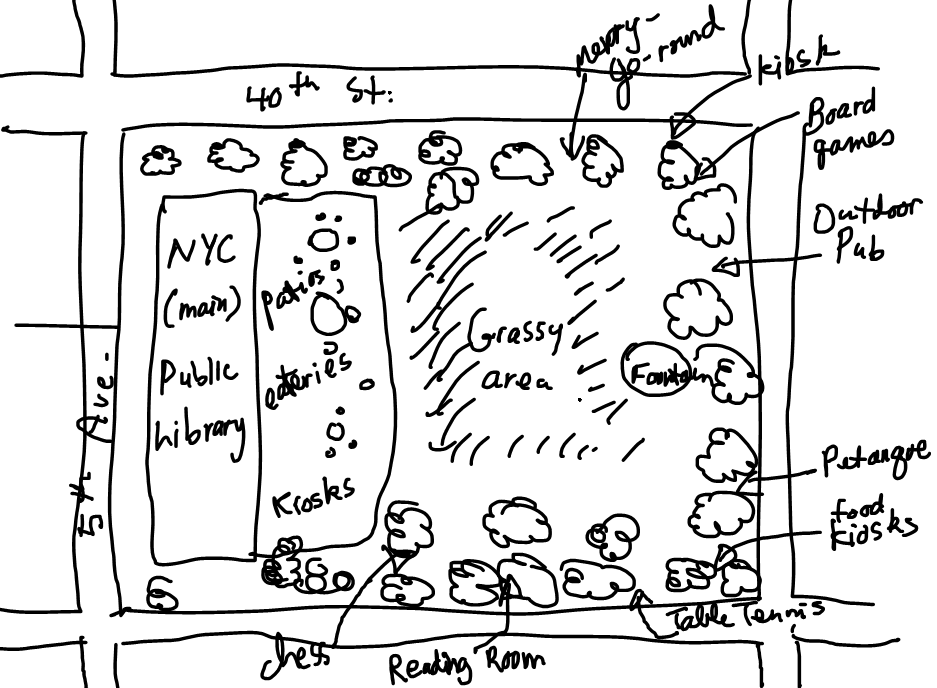
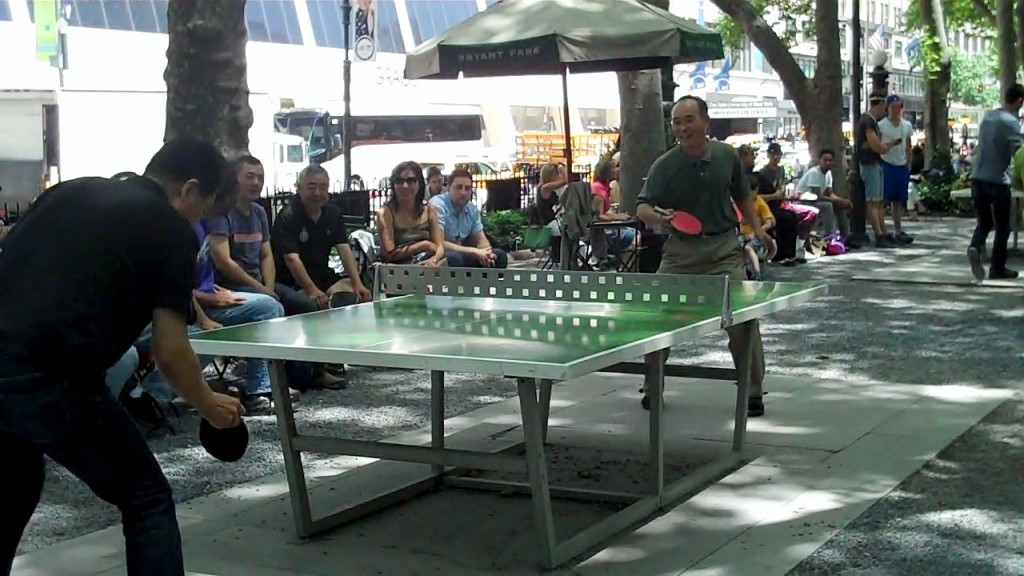
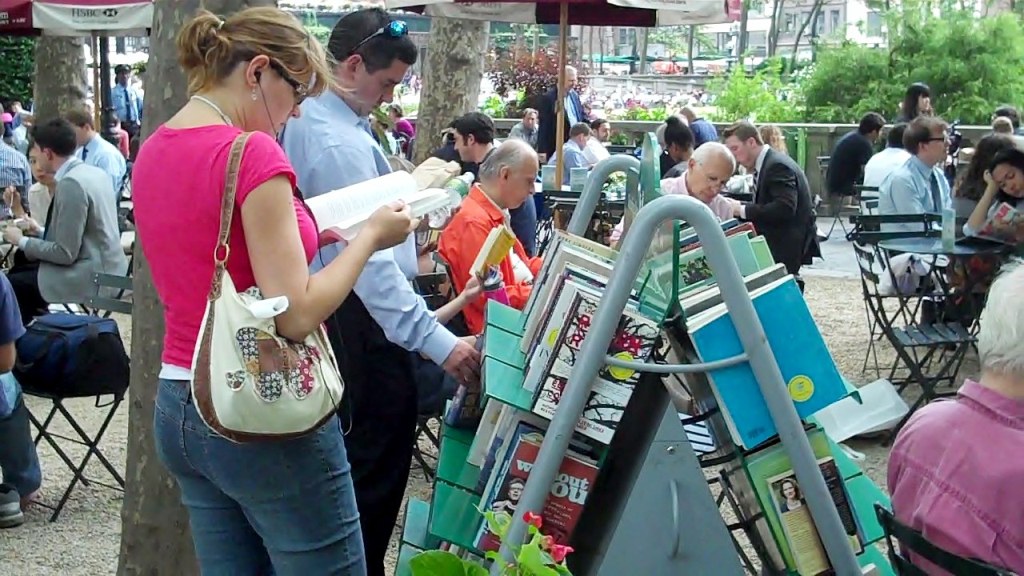
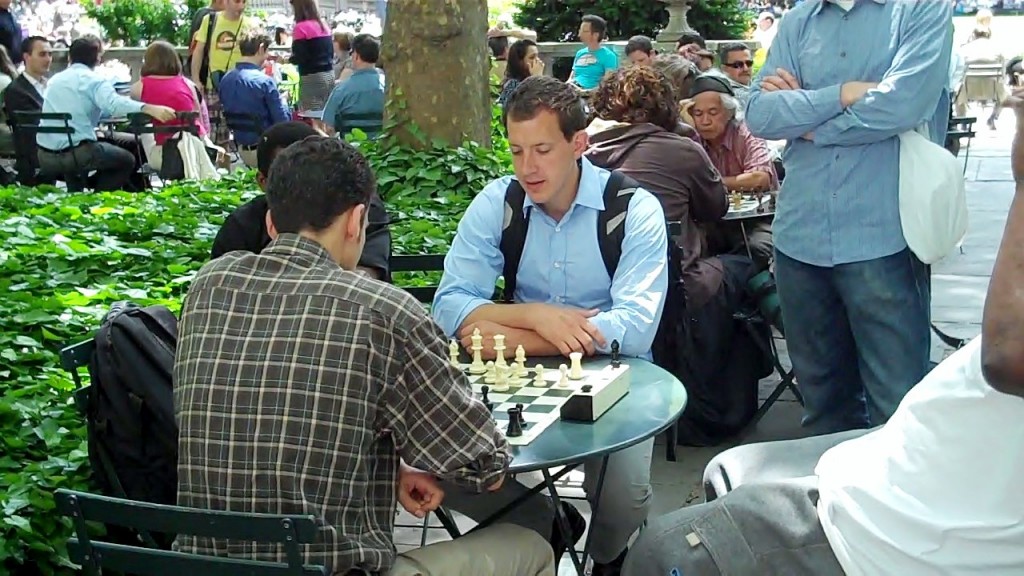

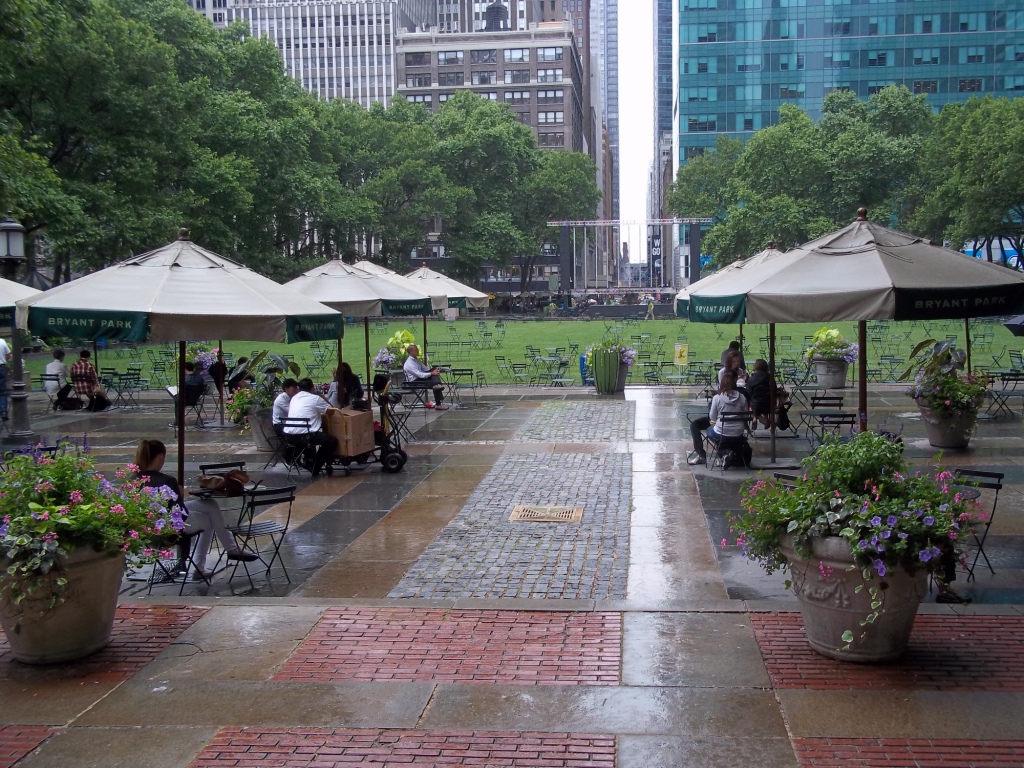

Speak Your Mind